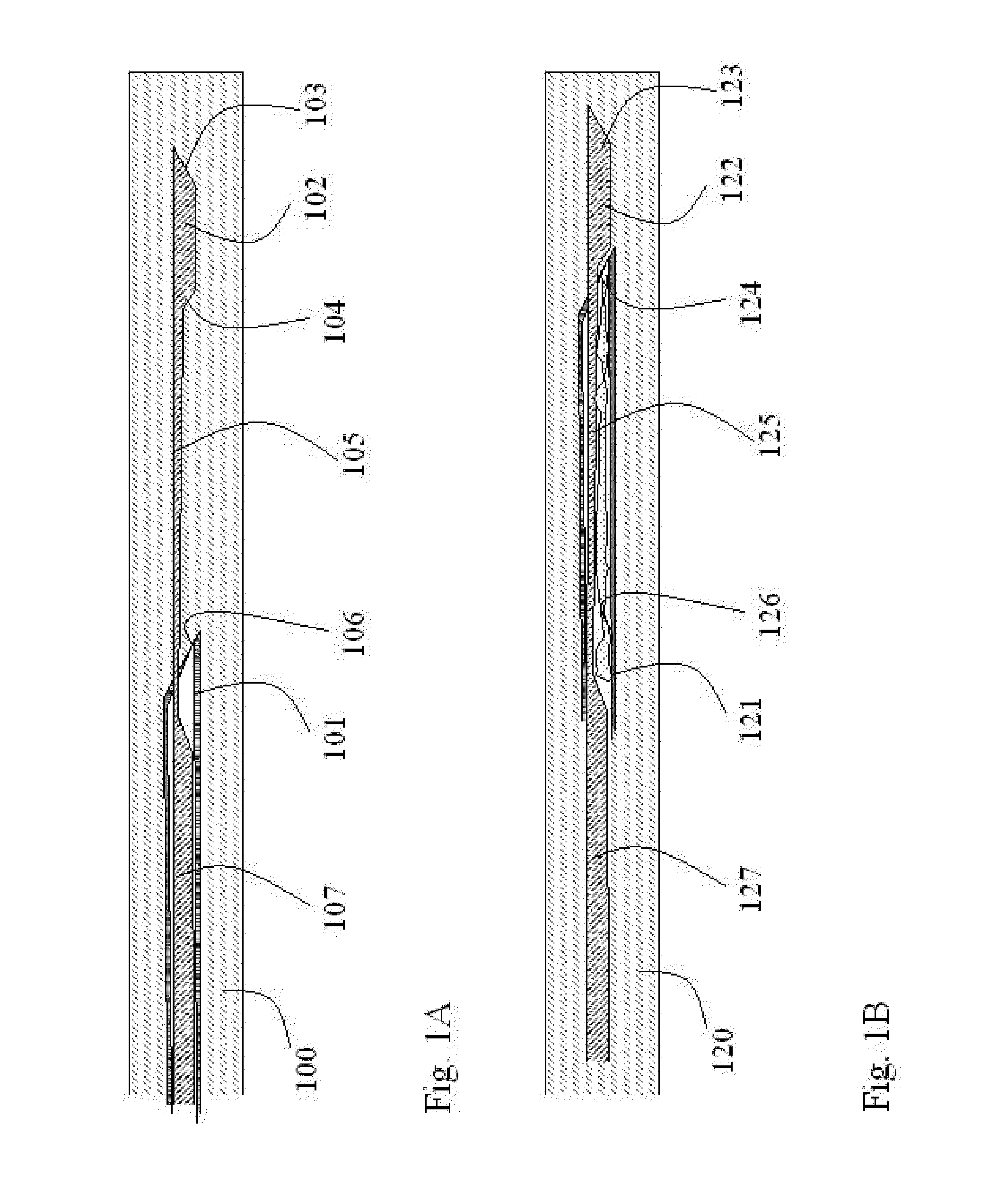Biopsy method and gun set devices
a biopsy method and gun set technology, applied in medical science, vaccination/ovulation diagnostics, diagnostics using spectroscopy, etc., can solve the problems of inability to prevent bleeding from the biopsy site, failure to be located exactly at the right location, and inter-contamination and the spread of sick cells, so as to minimize the damage to the various tissues that are penetrated, the effect of reducing the damage of the penetration
- Summary
- Abstract
- Description
- Claims
- Application Information
AI Technical Summary
Benefits of technology
Problems solved by technology
Method used
Image
Examples
Embodiment Construction
[0066]The inventors consider that most of the problems generated by the actual biopsy operations are both due to the obsolete procedure and equipment used to sample the patient's tissue and due to the penetration tool leaving a large communication hole through the internal organs where infections may propagate. Therefore we develop a new method of penetration with a more complex tool that uses a gradual approach inside sheathed tubes that first aims for very small perforation using liquid injection, in order to reduce the stress and tissue stretching as much as possible. The assembly comes as the a set of instruments to assure the gradual penetration of the ultra thin optical investigation needle with appropriate sheathing and plugging, optionally followed by thicker gauge biopsy needles with appropriate sheathing and plugging tools, with dynamic pressure compensation systems to prevent undesired pressures developing.
[0067]The method is straightforward, and starts with coordinates l...
PUM
 Login to View More
Login to View More Abstract
Description
Claims
Application Information
 Login to View More
Login to View More - R&D
- Intellectual Property
- Life Sciences
- Materials
- Tech Scout
- Unparalleled Data Quality
- Higher Quality Content
- 60% Fewer Hallucinations
Browse by: Latest US Patents, China's latest patents, Technical Efficacy Thesaurus, Application Domain, Technology Topic, Popular Technical Reports.
© 2025 PatSnap. All rights reserved.Legal|Privacy policy|Modern Slavery Act Transparency Statement|Sitemap|About US| Contact US: help@patsnap.com



